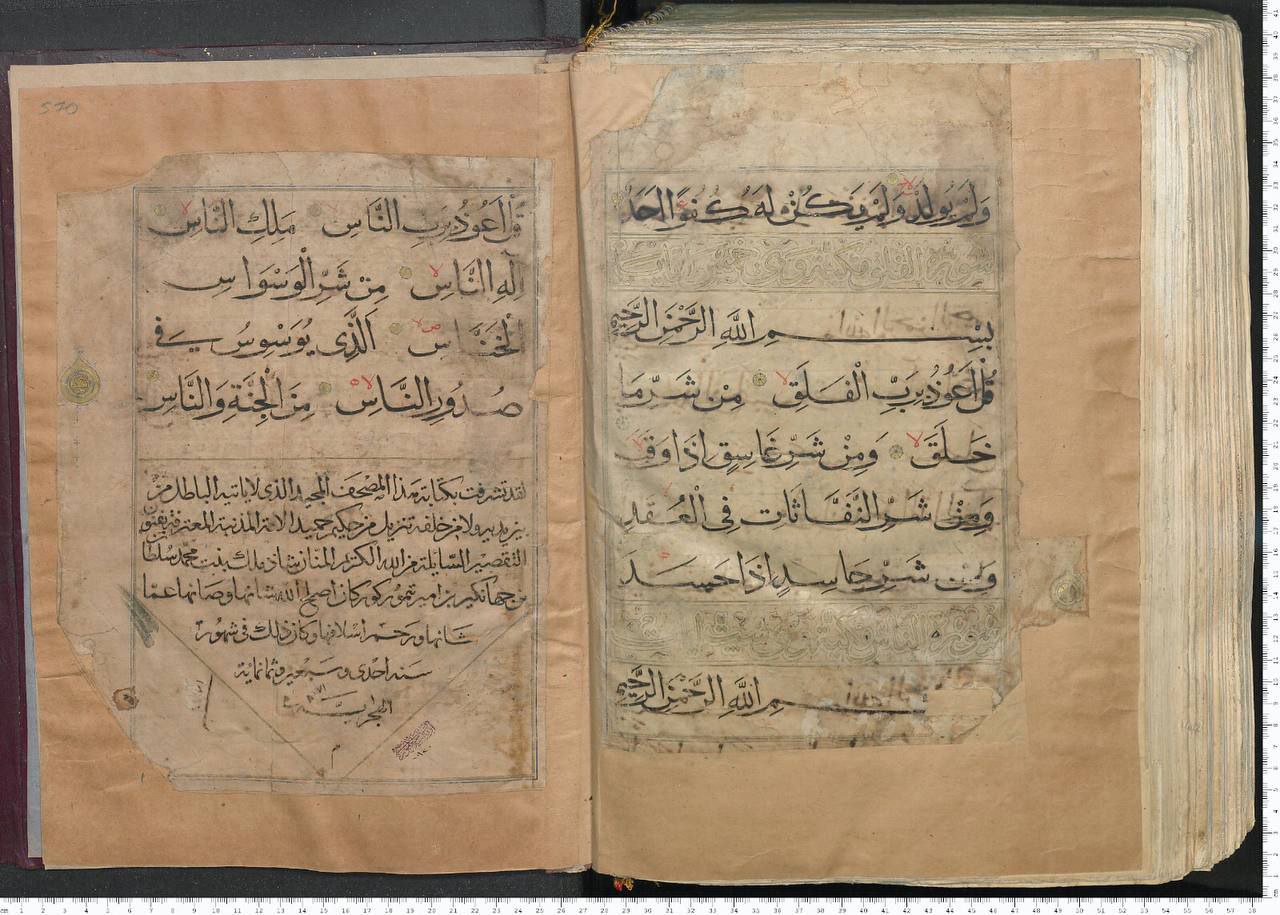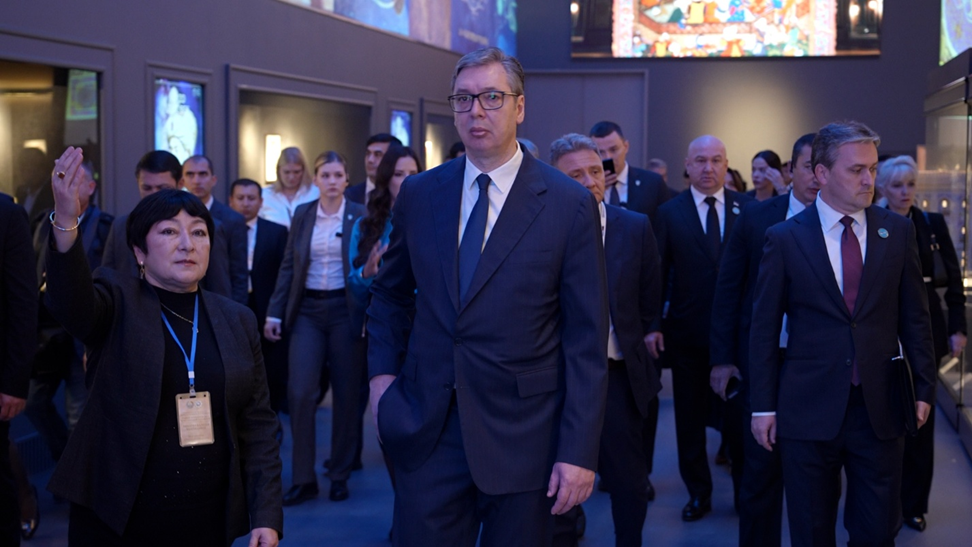Timurid princess — Qur’an calligrapher
The 15th century marked a new stage in the harmony of science, art, and values in the cultural life of Central Asia. Every manuscript and every decorated page created during this period reflects the intellectual, aesthetic, and spiritual potential of its time.
One of the finest examples of this legacy is a Qur’an folio copied in 1467 CE (871 AH) by Shodmalik Khātun, daughter of Muhammad Sultan Mirza, a member of the Timurid dynasty.

According to scholars from the Islamic Civilization Center in Uzbekistan, this unique artifact is now 558 years old as of 2025.
The folio is written in Arabic using Naskh script, adorned with gold leaf and delicate ink. The text is inscribed on mujallad high-quality vellum-like parchment and measures 20 × 30 cm. The page features geometric patterns, floral ornaments at the beginning of surahs, and golden decorations.
“Such refined craftsmanship was typically reserved for royal commissions. Shodmalik Khātun’s work represents the highest level of calligraphic artistry of the Timurid era,” says Dr. Shodmon Vohidov, Doctor of Historical Sciences and Professor.
The original manuscript is preserved today at the Topkapi Palace Library in Istanbul, Türkiye, while a high-resolution facsimile is exhibited at the Islamic Civilization Center in Uzbekistan. Displayed in the “Second Renaissance” section, it stands as one of the most important sources illuminating the role of female calligraphers during the Timurid period.
During the reign of the Timurids, science, literature, and visual arts reached unprecedented heights. The Herat and Samarkand schools of calligraphy became renowned throughout the Muslim East.
Shodmalik Khātun emerged from this rich intellectual milieu as one of the few female calligraphers of her time known not only as a master of script but also as an expert in illuminating and ornamenting Qur’anic manuscripts.
In her work, the center of the page symbolizes the spiritual core, while the surrounding ornaments represent divine beauty.
The fact that the manuscript bears the name of a female author reflects the recognition of women as scholars and contributors to intellectual life in that era.
Shodmalik Khātun’s Qur’an folio copied in 1467 is not merely a religious text it is a living historical testimony that embodies the spirituality, aesthetics, and creative power of women in the Timurid age.
Today, it is honored at the Islamic Civilization Center in Uzbekistan as an eternal symbol of the unity between knowledge, faith, and art.
Laylo Abdukakhkharova
P.S.: The article may be republished with a citation linking to the official website of the Center.
Most read

Over 100 experts from more than 20 countries of the world are in Tashkent!

President of Serbia Aleksandar Vučić visited the Islamic Civilization Center in Uzbekistan

The Center for Islamic Civilization – a global platform leading towards enlightenment











